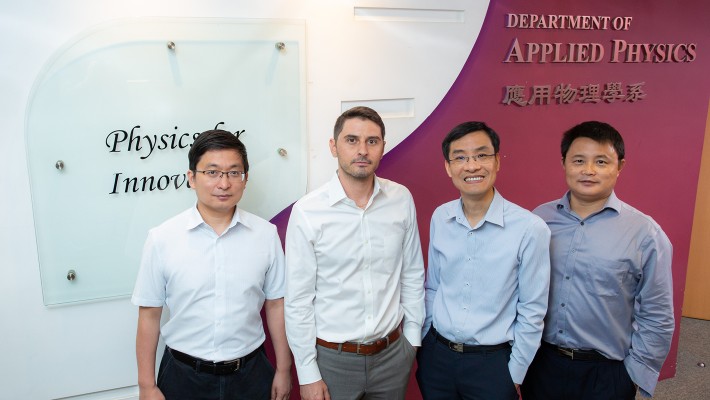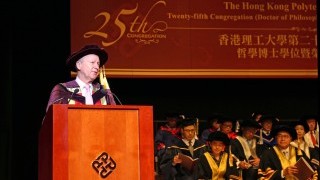PolyU research papers published in Nature series journals
Researchers from the Department of Applied Physics contributed the following three research papers that were recently published in the Nature series journals, which are among the most authoritative and recognised scientific journals in the world.
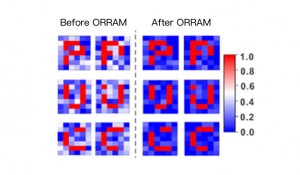
Optoelectronic resistive random-access memory (ORRAM) for neuromorphic vision sensors – "Nature Nanotechnology"
A research team led by Dr Yang Chai has developed an optoelectronic device that mimics the retina’s image sensing, memorisation, and pre-processing functions, with image recognition accuracy and efficiency exceeding existing artificial visual systems. Experimental findings have demonstrated the ORRAM device’s great potential in enhancing neuromorphic visual system by simplifying the circuitry and efficiently processing an overwhelming amount of dynamic visual information. By greatly reducing the amount of hardware and power consumption required, this innovation will provide new dimensions to the development of edge computing and Internet of Things.
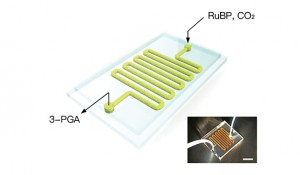
Continuous artificial synthesis of glucose precursor using enzyme-immobilised microfluidic reactors– "Nature Communications"
A team led by Dr Zhang Xu-ming fabricated the RuBisCO-immobilised microfluidic reactor (RIMR), so as to replicate the opto-fluidic system of leaf veins in conducting the crucial first phase reaction of CO2 fixation in natural photosynthesis. Experimental findings indicated that with only a small amount of RuBisCO, the RIMRs can continuously produce 3-PGA (an organic acid crucial in producing glucose) by constantly injecting the basis materials (RuBP and carbon dioxide). This innovation offers a promising solution to the industrial production of food materials (such as sugar and starch) and biofuel in a low-cost and convenient way.
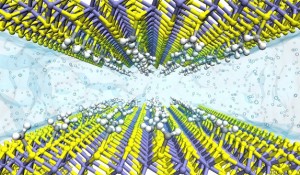
Enhanced sieving from exfoliated MoS2 membranes via covalent funcationalisation – "Nature Materials"
Dr Nicolas Onofrio and his team developed a nanolaminate membrane based on covalently functionalised molybdenum disulfide (MoS2) nanosheets. Made of two-dimensional (2D) materials such as graphene oxide, nanolaminate membranes are promising candidates for molecular sieving via size-limited diffusion in the two-dimensional capillaries. However, high hydrophilicity makes these membranes unstable in water. The covalent functionalisation of exfoliated nanosheets can solve this problem by efficiently control the interlayer spacing to enhance the sieving performance of nanolaminate membranes. They demonstrate remarkable performance towards water purification and desalination, with high rejection of micropollutants and sodium chloride compared to the current state of the art.



